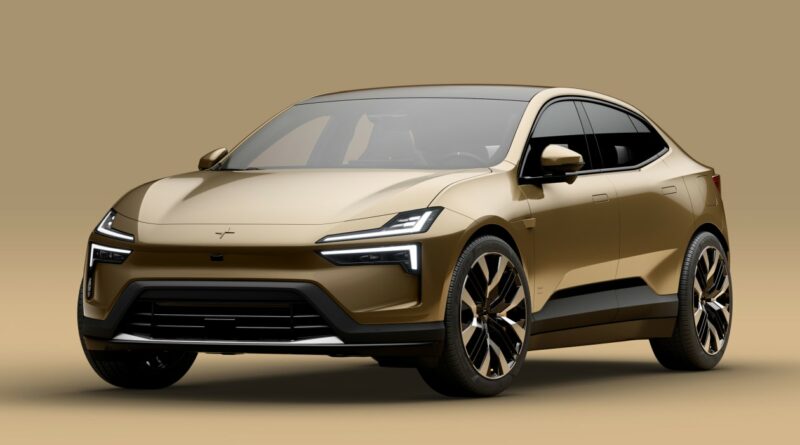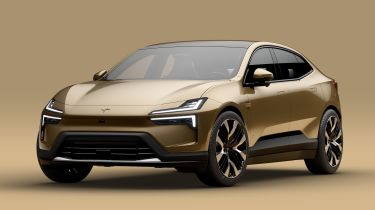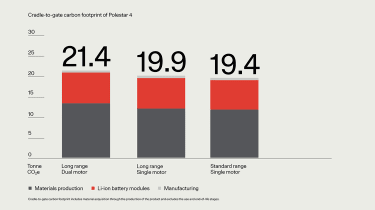Polestar 4 life-cycle assessment reveals impressive reductions in carbon footprint
Swedish brand Polestar is one of the few manufacturers that publishes a crucial life cycle assessment for its cars
Polestar has released the first full life cycle assessment of its upcoming Polestar 4, revealing impressive reductions in its carbon footprint compared to the Polestar 2. The new car is projected to be the Swedish brand’s highest selling model yet.
Polestar is already a leader in the electric car arena but has taken a step further in the drive to cut vehicle emissions by publishing the total carbon footprint of its cars in the form of a Life Cycle Assessment, or LCA. In this document, Polestar estimates the total carbon footprint of its models throughout their manufacturing and use phases over 200,000kms – with variations factored-in for the source of its electricity.
The first Polestar to be given a full LCA was the 2, but Polestar has now revealed a full LCA for its upcoming 4, with significant improvements showing despite the latter being a bigger car.
All three variants available at launch are covered, the Polestar 4 standard range single motor model produces as little as 21 tonnes of CO2 when powered by 100 per cent sustainable energy sources. These figures are hard to contextualise, but compared to the previous Polestar 2 standard range single motor there is a reduction of 4 tonnes, despite the 4 being a physically bigger car. The Polestar 4 long range single motor and 4 long range dual motor are only marginally more carbon intensive, with 22 tonnes and 23 tonnes respectively.
Polestar also projects emissions figures for the Polestar 4 when powered from the typical EU and Global energy mixes, which show much larger CO2 footprints of 26 tonnes and 32 tonnes respectively. Both the Polestar models have significantly lower lifetime emissions equivalent internal combustion engine (ICE) models. As an example, an ICE-powered Volvo XC40 SUV can produce as much as 58 tonnes over its 200,000km life cycle.
It’s easy to lose sight of the reasons behind the push towards electric cars, but at its core is the need to decarbonise global economies. Electric cars are a key element in that aim but while tailpipe emissions are zero, there’s still a cost in terms of carbon in the materials EVs are built with and the electricity that powers them. Polestar has positioned itself at the forefront of making those lifecycle emissions transparent to consumers.
Thinking of buying an EV? These are the best electric SUVs you can buy…
Source: Read Full Article





